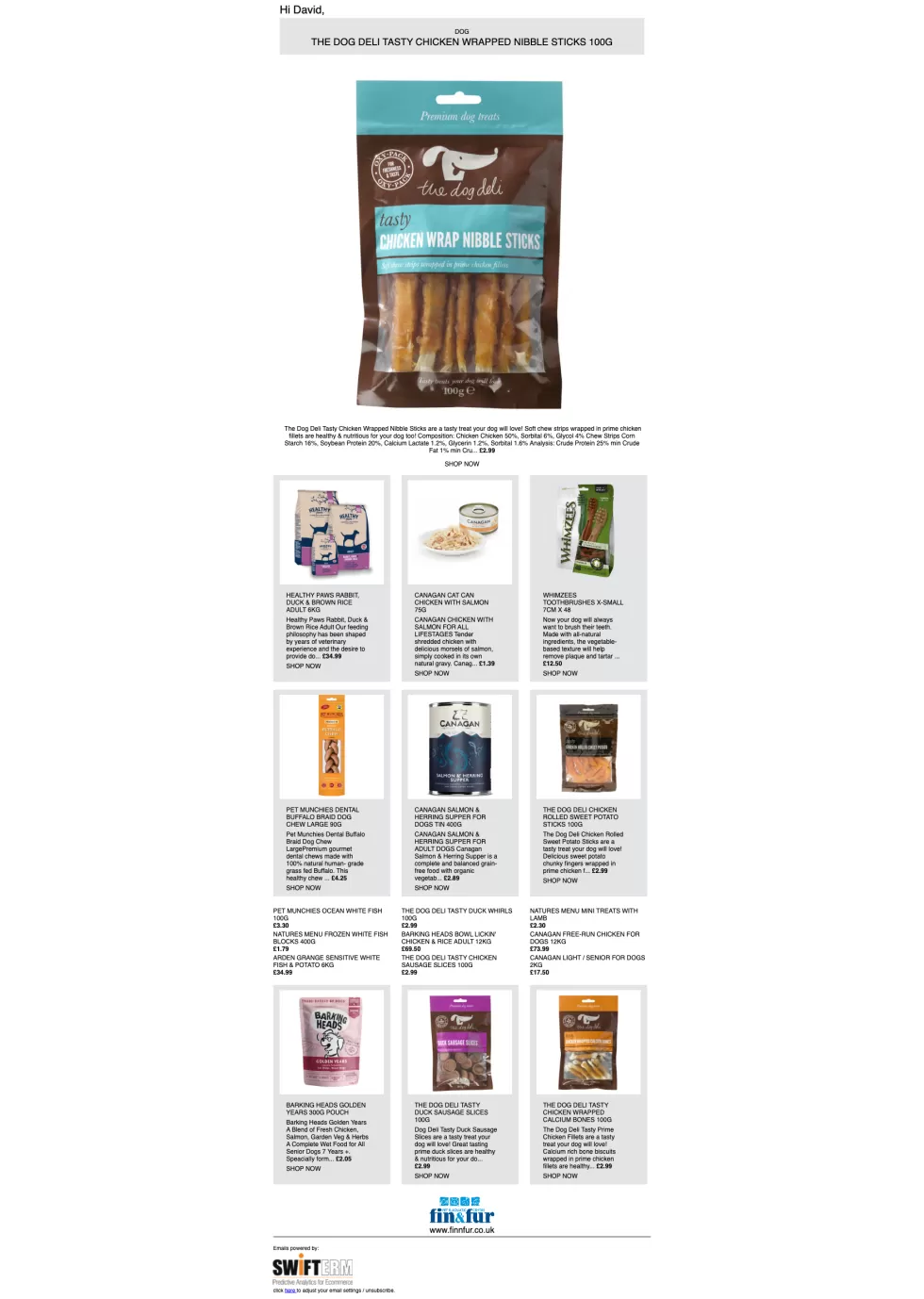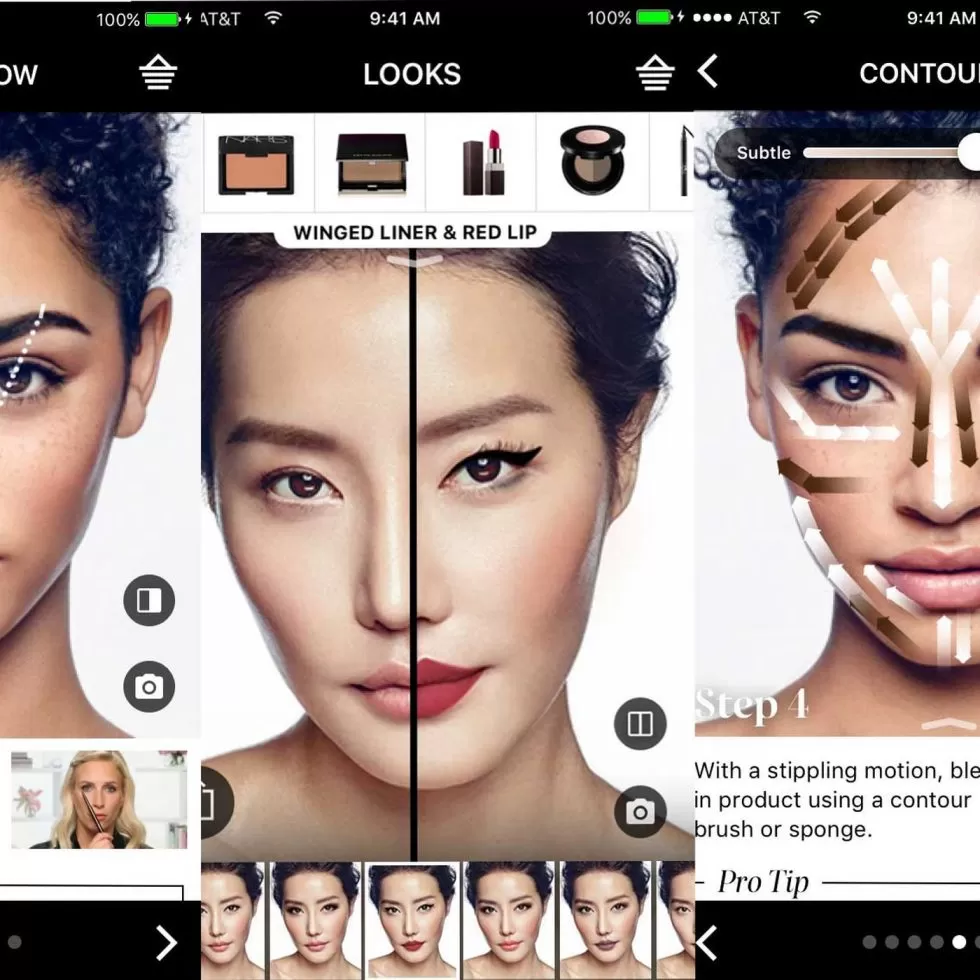There are three core types of email marketing software and each has a unique purpose, each with varying degrees of success, but widely appreciated within ecommerce as the cornerstones to a cohesive and comprehensively structured marketing campaign.
The omission of anyone has a knock-on effect, but then as is stopping email marketing and relying on other marketing channels. It won’t be long before someone is going to miss the revenue it generates.
i. Offer – i.e. a fashion retailer introducing a new line for the season, promotion – i.e. where the item can perhaps only be bought will stocks last and incentive – such as where a discount is available if purchased in a time frame or free post and packing if purchased by clicking on this email.
ii. Triggered – dictated by the actions of the consumer, i.e. abandoned basket.
iii. Hyper-personalised – where all the content of the email is unique to the individual receiving it. They all complement each other, and the omission of one could severely impact on your revenue. (See list: here).
Given this possibility, we should offer some corroboration as to exactly how powerful email marketing is – should you be new to the business, exhausted or indeed demoralised by it. Email ROI is an impressive $36 for every $1 spent, now consider hyper-personalisation which is 20 times higher.
Email marketing has the reputation for being the highest ROI digital marketing channel. Emails are an effective way to connect with customers, build subscriber lists, earn repeat business and build brand loyalty. This channel works better for businesses that sell high-ticket products and those with strong sales departments that can follow through with prospects and customers.

Many people get indignant about having their decisions questioned. The society we now live in needs reassurance that what they are doing is right, and need praise or indeed adulation for it. Rebuke is a thing of the past, instead, each goes about their life undisturbed, while secretly the marketers among us go about their duties improving their returns by tweaks and improvements in private, out of the glare of scrutiny by others, gleaned tips to tweak improvements from such articles as this.
Most provocateurs of change are usually self-serving. Let us consider one such example, that many fall foul of. This is confusing segmentation with hyper-personalisation. Segmenting your audience to send them an email with their name on it is missing the point, and is not hyper-personalisation or even close.
Marketers segment in the hope that the segment has a higher propensity to purchase compared to the whole of their database, thus satisfying the requirement. But consider all the people in the segment you put them in, that didn’t purchase. Have you satisfied them? But what if you could segment to the nth degree offering hyper-personalised product selections – indeed the whole content of every email – forever, unique and personal to every individual consumer on your database?
If you were happy identifying a “higher than average” chance of success from a group (segment), then if every email to every individual was hyper-personalised – every time, how much more powerful would your return be? Now you’re getting it. The answer from several strategic analysis companies, Statista and McKinsey, report their research beings this figure in at 20x (twenty times) the return. This then is higher than all comers, and deserving of the closest attention above all other marketing issues combined. Nothing else delivers so prolifically.
What’s more, this is too detailed and complicated to be able to be done by an individual or indeed team of marketers. It is a digital analysis requiring nano-speed technology and requires adjustment and re-adjustment based on every element of data collected on each person perpetually. It is dynamic software, meaning that it is corrected up to the second the email is sent out.
So, for example, if hypothetically customer (ID No. 7836794) bought a white cotton blouse at 11 pm last night, it is highly unlikely she will want another tomorrow, and a lost opportunity if you have spent a week preparing an email for her segment, among many others, only to find she is now in the wrong box, the opportunity for an additional sale of that item is lost. What’s worse it has delivered an incongruity between what you have offered and the company she thought knew her needs, wants and desires, which would have offered her a close affinity. Now you are just another supplier.
The triggered email solution will deliver complementing offers based on that purchase, the promotional and incentive email will offer dictated by the identified cause of the purchase – should it have been discounted or incentivised in some way. But regardless of this, the hyper-personalised email software, and the distinctions between them are significant – see the link, will keep its eye on the ball most carefully, already knowing opportunities – in potential additional product purchases, that rank significantly higher, for each consumer, from the entire list of SKUs on your site.
AI machine learning hyper-personalisation software, to give it its full title, uses data captured from each consumer as they visit, navigate, purchase and return, including what they look at, return to most often, etc. It then incorporates this into an algorithm of both that individual’s buying history, their perpetual purchases and products for future purchase ranked by greatest buying propensity.
It then ranks every SKU on your site, by the greatest likelihood of imminent purchase for each consumer. No two lists are identical, and no human being is. So instead of tackling the uphill battle of convincing that person to buy a specific product, (this season’s stock for example) that they might never have seen before, and therefore in the main resent the hard-sell, it uses a predictive analytics algorithm to work out what you have achieved already, and simply capitalise on it. i.e. show the products they have already begun to look at and align with their previous purchase symbiotically.
Both Statista and McKinsey readily verify that this type of personalisation far and away out-performs static page personalisation on your site, and obliterates the comparison of returns from generic email marketing types that every ecommerce merchant employs. We are not suggesting you stop email marketing, merely present the evidence so you are aware of what additional facilities you should be adopting to capitalise by adding hyper-personalisation to your marketing mix, to perform at the the highest levels.
It sends a unique hyper-personalised email, offering individual product-selected products to each consumers, containing the highest ranking selections at that exact moment in time. Often it negates product price or indeed alternate supplier comparison. What’s more, it goes significantly further out-performing, triggered personalisation, omni-channel marketing and promotional email marketing combined. Thereby delivering the highest possible ROI in ecommerce today.









